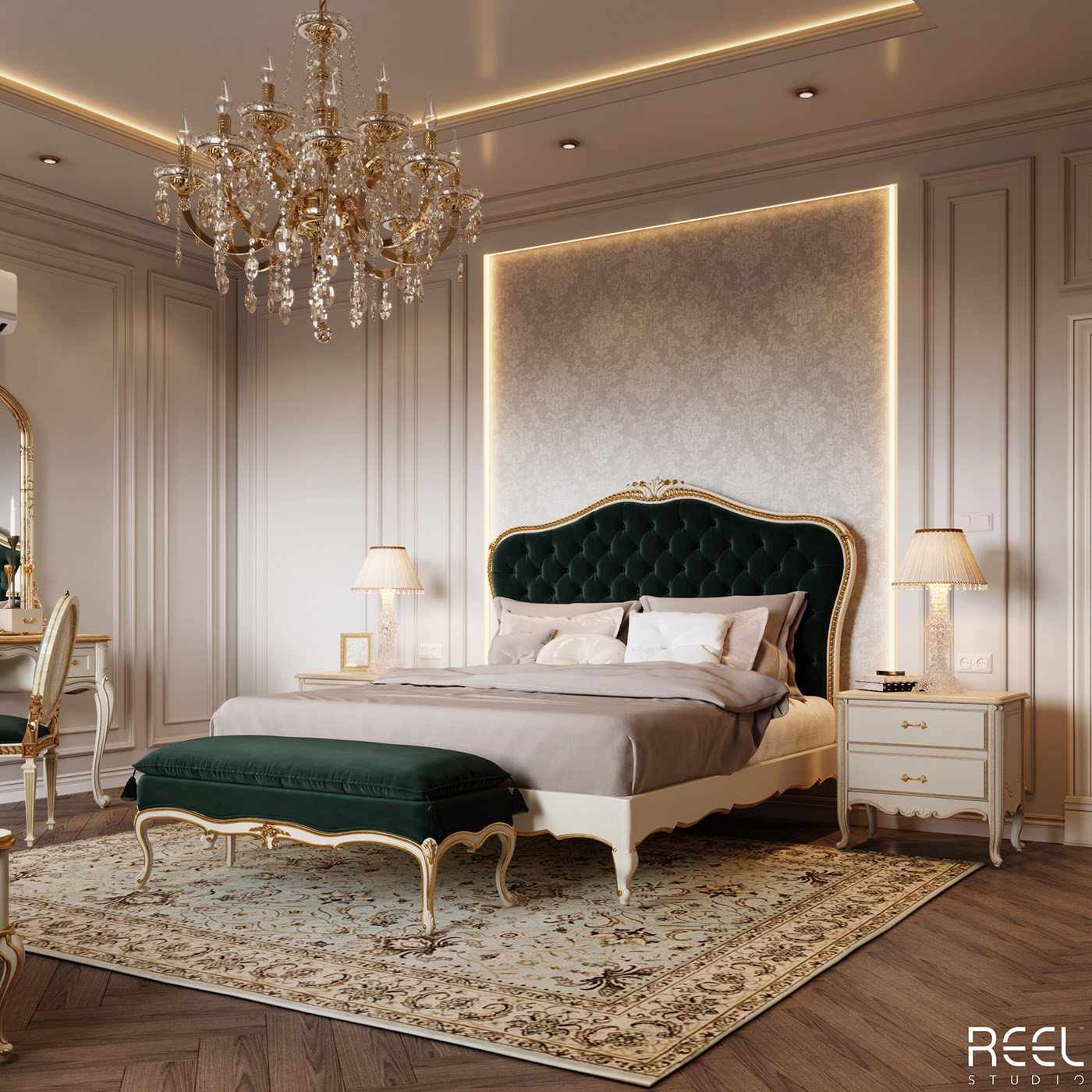The Evolution of Classic Bedroom Furniture: Bedroom Classic Furniture Design

Classic bedroom furniture has a rich history, evolving alongside societal trends and artistic movements. Its enduring appeal stems from its timeless elegance, craftsmanship, and ability to create a sense of comfort and sophistication in the home. The evolution of classic bedroom furniture can be traced through key periods, each characterized by distinct design elements and materials.
The Victorian Era
The Victorian era (1837-1901) saw a flourishing of furniture styles, influenced by a fascination with the past and a desire for grandeur. Victorian bedroom furniture was characterized by elaborate ornamentation, intricate carvings, and rich materials.
- Materials: Mahogany, walnut, and rosewood were popular choices for Victorian furniture, often finished with intricate veneers and polished to a high shine.
- Design Elements: Victorian furniture featured elaborate carvings, often incorporating floral motifs, animal figures, and geometric patterns. Upholstery was often luxurious, using velvet, brocade, and damask fabrics.
- Key Pieces: The four-poster bed was a central element of the Victorian bedroom, often adorned with elaborate drapery and canopies. Other common pieces included dressers, armoires, and vanity tables.
Art Deco, Bedroom classic furniture design
The Art Deco movement (1920s-1930s) emerged as a reaction to the ornate and often cumbersome designs of the Victorian era. Art Deco furniture emphasized clean lines, geometric shapes, and a sense of luxury.
- Materials: Art Deco furniture often utilized exotic woods, such as ebony and macassar, as well as metal accents in chrome, nickel, and brass.
- Design Elements: Geometric patterns, stylized flora and fauna, and bold color combinations were characteristic of Art Deco design. Furniture often featured sleek, angular shapes and geometric inlays.
- Key Pieces: Art Deco bedroom furniture included sleek beds with chrome accents, mirrored dressers, and vanity tables with geometric designs.
Mid-Century Modern
The Mid-Century Modern movement (1940s-1960s) emerged after World War II, emphasizing functionality, simplicity, and a focus on natural materials.
- Materials: Mid-Century Modern furniture favored natural materials such as wood, leather, and wool.
- Design Elements: Mid-Century Modern furniture featured clean lines, organic shapes, and a focus on functionality.
- Key Pieces: Mid-Century Modern bedroom furniture included low-slung beds with simple headboards, credenzas, and nightstands with sleek lines.
The Enduring Appeal of Classic Furniture
Classic furniture styles continue to hold enduring appeal for their timeless elegance, craftsmanship, and ability to create a sense of sophistication.
- Timeless Elegance: Classic furniture styles, like Victorian, Art Deco, and Mid-Century Modern, are recognized for their enduring aesthetic appeal. They offer a sense of timeless elegance that transcends fleeting trends.
- Craftsmanship: Classic furniture is often handcrafted using traditional techniques and high-quality materials, ensuring durability and longevity.
- Influence on Contemporary Design: Classic furniture styles continue to inspire contemporary designers, who reinterpret and reimagine these classic elements in modern contexts.
